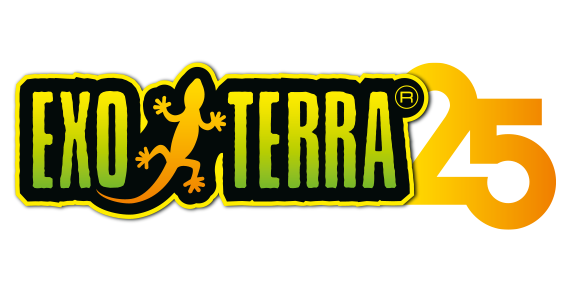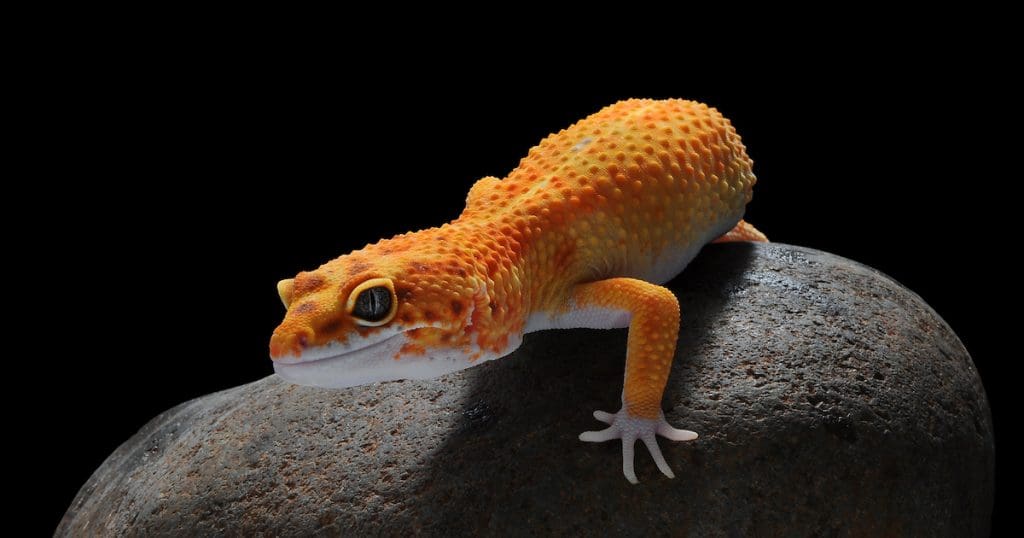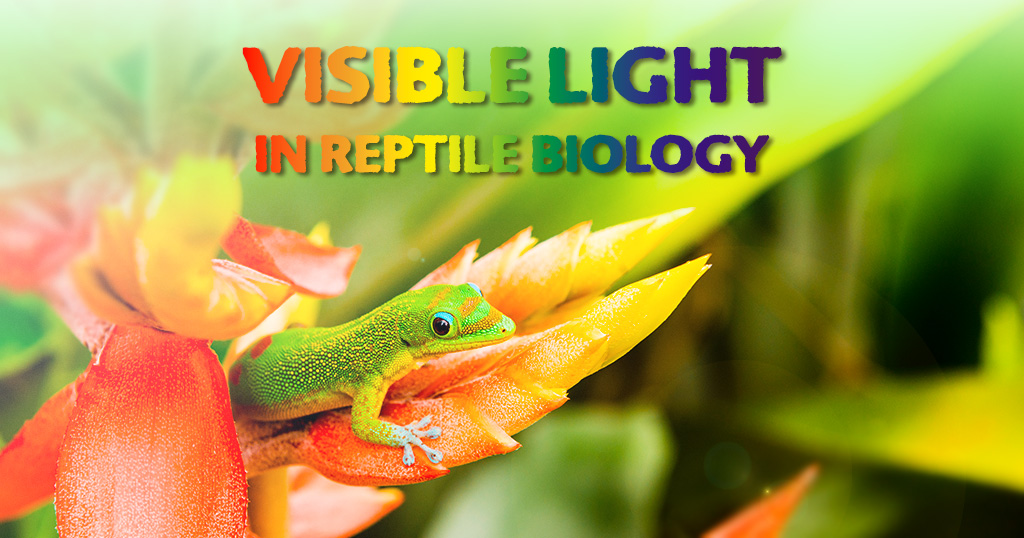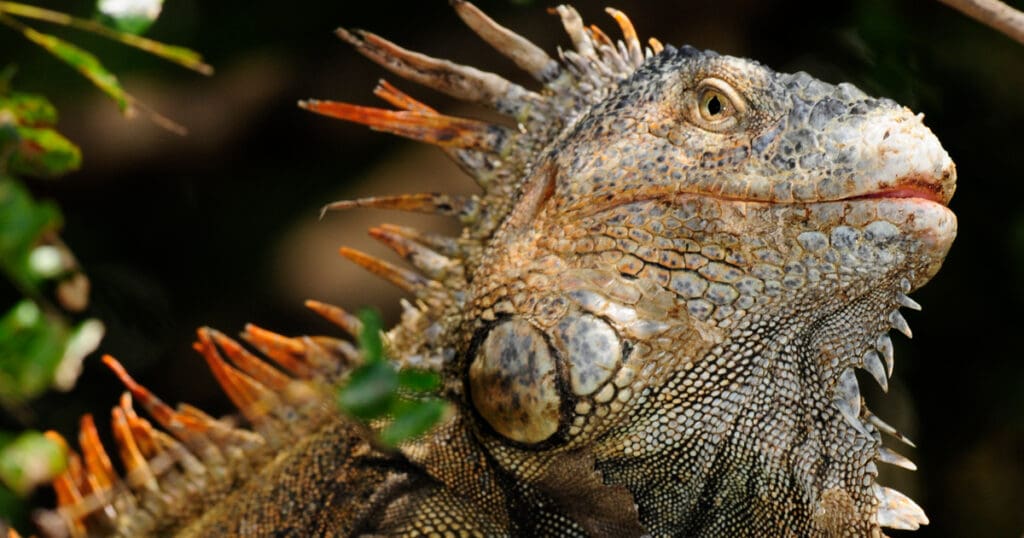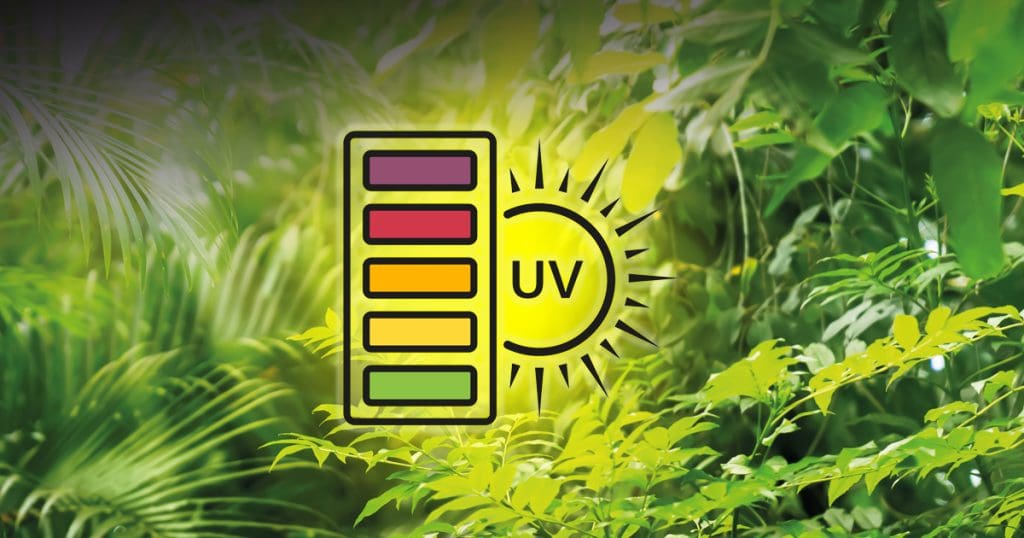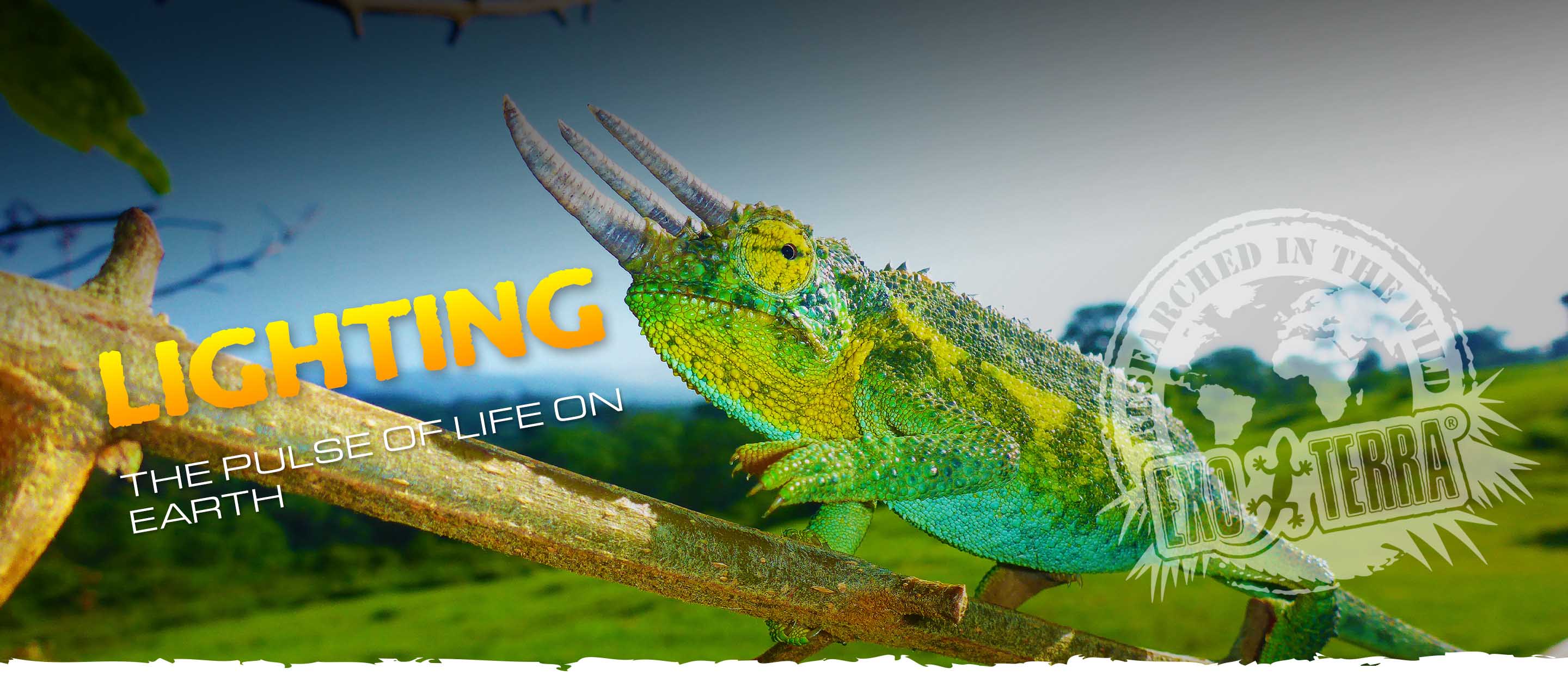
Comprehensive UV Index Table
Rik Van Tiggel
Reptiles and amphibians inhabit a diverse range of environments, each presenting unique challenges and opportunities for exposure to sunlight. This variation in sunlight exposure is critical for their thermoregulation, natural activities, and especially for many of their physiological and biological processes, including the synthesis of vitamin D3, calcium metabolism, boosting the immune system, and promoting a healthy appetite and digestion. To better understand and categorize these differences, we have identified four distinct UV Index Zones:
The Cryptophotic Zone encompasses nocturnal and crepuscular animals that experience minimal sunlight, often called “shade dwellers”.

The Mesophotic Zone includes species that bask partially or occasionally, experiencing intermittent sun exposure.

The Euphotic Zone covers those species that bask in open or partial sunlight, adapting to more consistent sun exposure.

The Heliophotic Zone is for the solar-oriented reptilian species, the mid-day open sun baskers, which thrive under the most intense sunlight conditions.

Rik Van Tiggel
“Finding the Optimal UVI Zone for your Reptiles and Amphibians.“
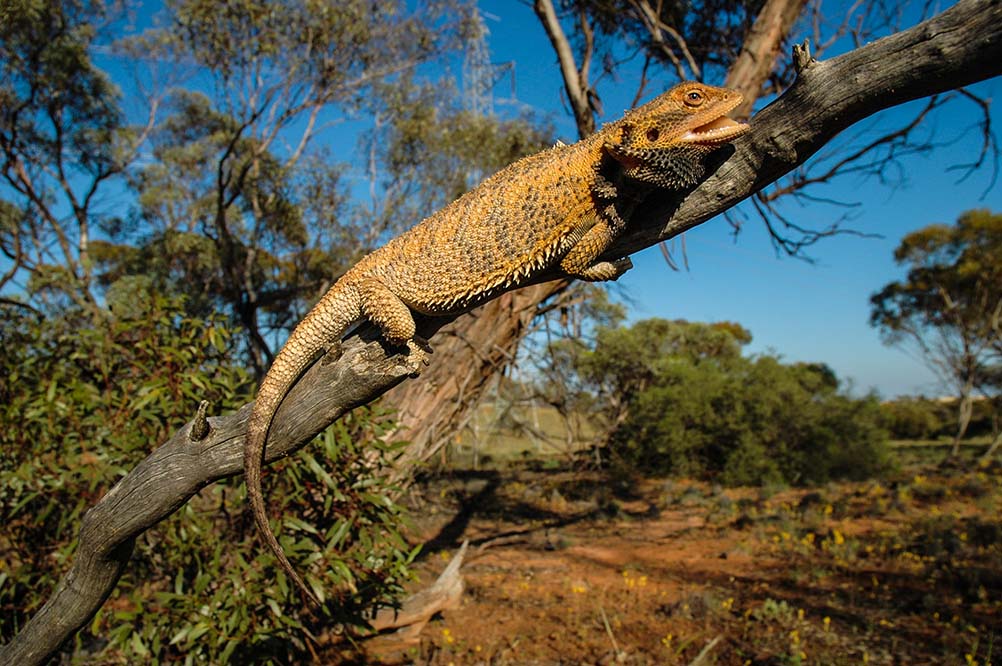
Pogona vitticeps is an open Sun Basker and frequents the Heliophotic Zone.

Testudo graeca is an avid thermophile which basks in the Euphoptic Zone.
UVI 8-9-10
UVI 8-9-10
UVI 8-9-10
UVI 8-9-10
UVI 8-9-10
UVI 8-9-10
UVI 8-9-10
UVI 8-9-10
UVI 6-7
UVI 6-7
UVI 6-7
UVI 6-7
UVI 6-7
UVI 6-7
UVI 3-4-5
UVI 3-4-5
UVI 3-4-5
UVI 3-4-5
UVI 3-4-5
UVI 3-4-5
UVI 3-4-5
UVI 3-4-5
UVI 3-4-5
UVI 3-4-5
UVI 3-4-5
UVI 3-4-5
UVI 3-4-5
UVI 3-4-5
UVI 3-4-5
UVI 3-4-5
UVI 3-4-5
UVI 3-4-5
UVI 3-4-5
UVI 3-4-5
UVI 3-4-5
UVI 3-4-5
UVI 3-4-5
UVI 0-1-2
UVI 0-1-2
UVI 0-1-2
UVI 0-1-2
UVI 0-1-2
UVI 0-1-2
UVI 0-1-2
UVI 0-1-2
UVI 0-1-2
UVI 0-1-2
UVI 0-1-2
UVI 0-1-2
UVI 0-1-2
UVI 0-1-2
UVI 0-1-2
UVI 0-1-2
UVI 0-1-2
UVI 0-1-2
UVI 0-1-2
UVI 0-1-2
UVI 0-1-2
UVI 0-1-2
UVI 0-1-2
UVI 0-1-2
UVI 0-1-2
UVI 0-1-2
UVI 0-1-2
UVI 0-1-2
UVI 0-1-2
UVI 0-1-2
UVI 0-1-2
UVI 0-1-2
UVI 0-1-2
UVI 0-1-2
UVI 0-1-2
UVI 0-1-2
UVI 0-1-2
UVI 0-1-2
UVI 0-1-2
UVI 0-1-2
UVI 0-1-2
UVI 0-1-2
UVI 0-1-2
UVI 0-1-2
UVI 0-1-2
UVI 0-1-2
UVI 0-1-2
UVI 0-1-2
UVI 0-1-2
UVI 0-1-2
UVI 0-1-2
UVI 0-1-2
UVI 0-1-2
UVI 0-1-2
UVI 0-1-2
Lighting Topics
A Beacon of Life
Sunlight arrives at the top of the earth's atmosphere at a power level of about one kilowatt per square meter. It is by this energy that all life-processes on earth are ultimately driven. Without the sun's constant energy input our planet would quickly radiate away its own energy in short order, making all life extinct.
Improving animal welfare in zoos
Get a glimpse into how zoos are installing our UVB VHO T5 range in this exciting video. See first-hand the measurable welfare benefits that can be unlocked for a whole host of species thanks to the superior UVA and UVB output – because it’s not just reptiles that should feel at home.
New UVB VHO T5 Lighting
Reptile enthusiasts, we’re excited to unveil our latest innovation in UVB lighting—our new UVB VHO T5 Bulbs! Designed in Germany to meet the highest quality standards, these bulbs provide superior UVA and UVB output, ensuring the health and...
The Myth of Nocturnal Creatures and UVB Light
The belief that nocturnal animals don't require UVB exposure has been a long-standing one in the world of reptile and amphibian care. The argument, "It’s nocturnal—it doesn’t need UVB," has been a staple for many enthusiasts and breeders. However, recent scientific studies have begun to challenge this age-old notion, shedding light on the importance of UVB for all creatures, regardless of their diurnal patterns.
The Role of Visible Light in Reptile Biology
Visible light is essential to the survival and well-being of reptiles, influencing their vision, behavior, communication, and physiology. Understanding the role of visible light in reptile biology can help improve conservation efforts and...
Understanding Ferguson Zones
The Ferguson Zones were developed in 2010 by Professor Gary Ferguson of the Texas Christian University. Ferguson and his team of herpetologists gathered data of the daily UV exposure of 15 species of reptiles. In the publication that followed, these 15 species were divided into four groups according to their thermoregulatory behaviour (daily sun exposure) and microhabitat preferences: the "Ferguson Zones". The corresponding UV guidelines were based on the average irradiance of randomly encountered wild specimens: Zone 1 with the least, to Zone 4 with the highest exposure.
Vitamin D3 and Reptiles: A Vital Connection
Vitamin D3 plays a vital role in the health and well-being of reptiles, much like it does in other animals. This hormone is integral to mineral metabolism and bone development in reptiles. One of its most significant roles is to enhance calcium absorption from the intestines. Without sufficient vitamin D3, reptiles couldn’t absorb dietary calcium efficiently, which is crucial for their skeletal health and overall well-being.
What is Light?
Sunlight arrives at the top of the earth's atmosphere at a power level of about one kilowatt per square meter. It is by this energy that all life-processes on earth are ultimately driven. Without the sun's constant energy input our planet would quickly radiate away its own energy in short order, making all life extinct.
What is UV-B?
UV-B stands for Ultraviolet B radiation, which is a type of ultraviolet radiation present in sunlight. Ultraviolet or UV light is a high energy portion of the electromagnetic spectrum, just beyond visible light. The UV-spectrum is divided into three wavelength groups.
Stay up on all things exo terra.
"*" indicates required fields
